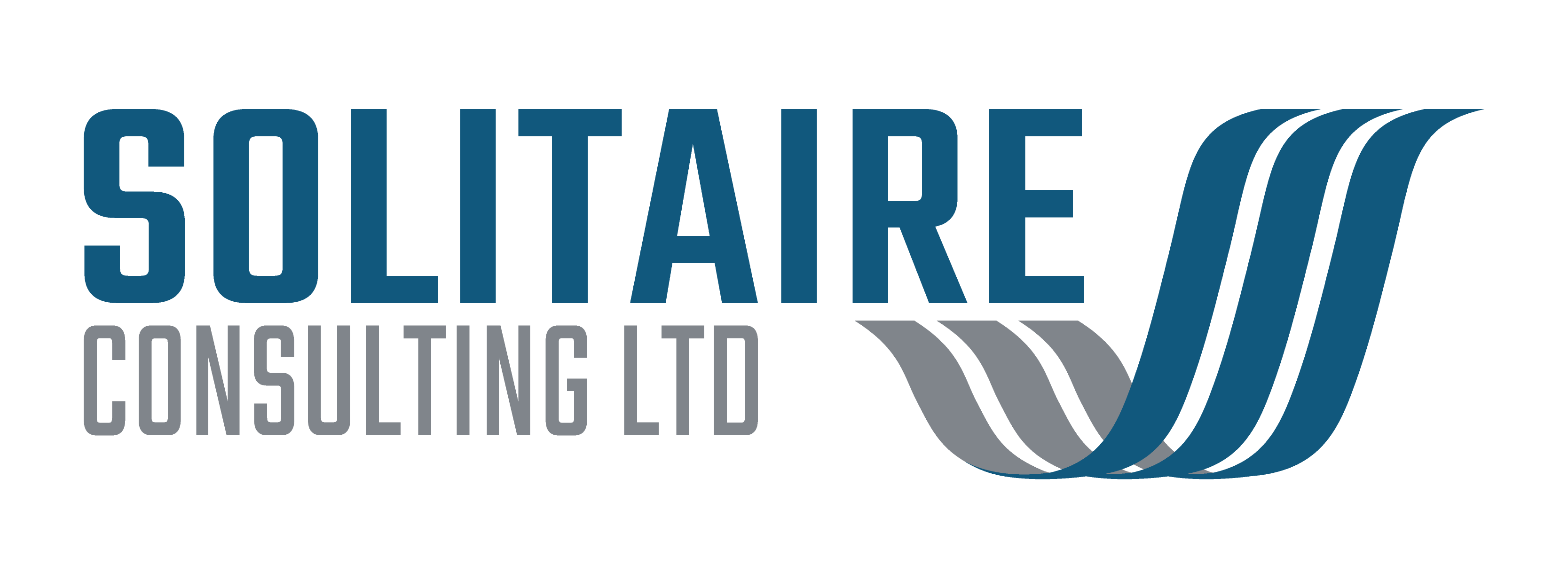This case study demonstrates the importance of having visibility and robust oversight of your entire portfolio of change. It summarises an assignment I completed some time ago, but have repeated similar projects for many other businesses and achieved similar results.
The Company
The private wealth management arm of a well known global banking group, with offices in several jurisdictions.
The Business Problem
Internal changes within the parent bank had resulted in this standalone business reporting into a new global Division. This Division required the business to implement a new operating model resulting in a lot of change in terms of processes, procedures and management oversight. In parallel with this there was a general tightening of the regulatory environment which required a number of compliance related changes. The conflict between business growth initiatives, regulatory improvements and senior management restructuring caused the organisation to suffer from ‘initiative overload’ – too many projects being run simultaneously with limited resources. Most projects were rated as high priority with the inevitable outcome of missed deadlines and project overruns. Support staff were ‘fire-fighting’ responding to whoever shouted the loudest or which process was most broken.
The Solution
The consultant was initially commissioned to provide independent management of one of the internal business change projects. However, it quickly became evident that this project would not achieve its objectives in the given time-frame because of a lack of formal project discipline within the organisation and no dedicated effort by internal subject matter experts (SMEs) and managers.
The consultant recommended a standardised approach to project management, using the initial project as a prototype with simple templates to be used for project briefs, business cases, project initiation documents and regular status reporting. The methodology was based on the industry standard PRINCE2 but simplified to ensure it was appropriate and manageable for the size of organisation and projects. Once senior executives saw the benefits for the first project they requested that all business change projects adopted the same methodology.
In parallel with the project management methodology an audit of all work that could not be categorised as ‘business as usual’ (BAU) was carried out by the Consultant. The review identified well over 40 initiatives that were absorbing management time. However, outside of the IT Department there were no formal methods to initiate, prioritise or govern this non-BAU change. Even within the IT Department it was discovered that the PRINCE2 methodology (rolled out by Group IT in the European head office) was being poorly used due to its heavy bureaucracy and unwieldy documentation.
The consultant recommended establishing a central change Committee, chaired by the Chief Operating Officer to oversee the portfolio of change and ensure that individual projects were prioritised and aligned with the group strategy. The solution was flexible enough to suit small one-off projects lasting a couple of months to longer term strategic programmes of change.
The first few meetings were quite painful as each of the 40+ initiatives were reviewed against standard agreed criteria and reprioritised. It came as quite a surprise to the local senior management team that there was so much going on, with many initiatives being started without senior management buy-in.
With no budget for dedicated project portfolio management solutions the Consultant designed a spreadsheet based reporting system, that required each project manager or initiative lead to complete a single page status summary each month. The focus of this ‘project scorecard’ was to collect key strategic data with minimal overhead. The results were rolled up into a summary sheet with one line per project, providing senior management with the following key information:
- Project name and objective
- Sponsor and manager
- Start date, planned and forecast end dates
- Priority (Mandatory, high, medium or low)
- RAG status
- Trend (i.e. improving or getting worse)
- Budget (actual vs planned)
- Benefit Category
- Commentary
The Benefits
Adopting a portfolio approach to project management gave the organisation much needed clarity around their business and technology change initiatives. Some projects were stopped to enable others to have a greater share of the limited resources, whilst others were reprioritised. This resulted in the remaining projects being completed on time and within budget.
Another related benefit was a general improvement in staff morale as they could see the improvements that the new approach provided. There was less frustration and people felt more valued. There was nothing worse than trying to juggle too many initiatives as well as trying to do a demanding day job – the inevitable result was that everything got done badly.
The simple spreadsheet based approach to portfolio reporting and standard project status reports required minimal overhead to produce but provided the necessary management oversight and key performance indicators. This approach was so successful the templates and spreadsheets were adopted by the Division head office as part of the Group Chief Operating Officers regular monthly reporting cycle.
The Solitaire Consulting Mission
Our ambition is simple – to be the preferred provider of consultancy services to the clients we serve. Solitaire consultants and associates have a wide range of specialist skills and many decades of direct experience enabling them to provide a comprehensive consultancy service that delivers practical and measurable solutions for all types of business issues.






One Response